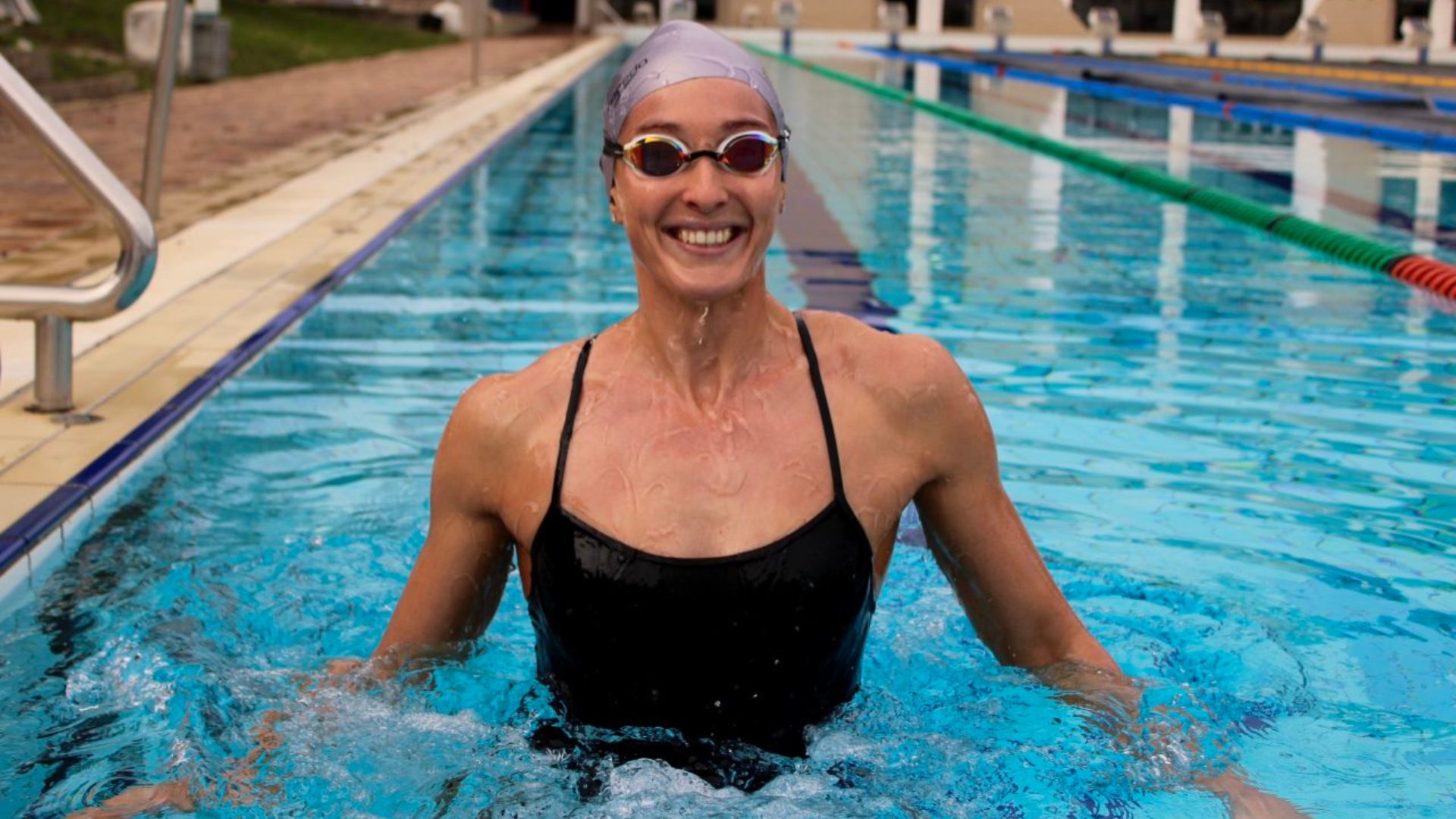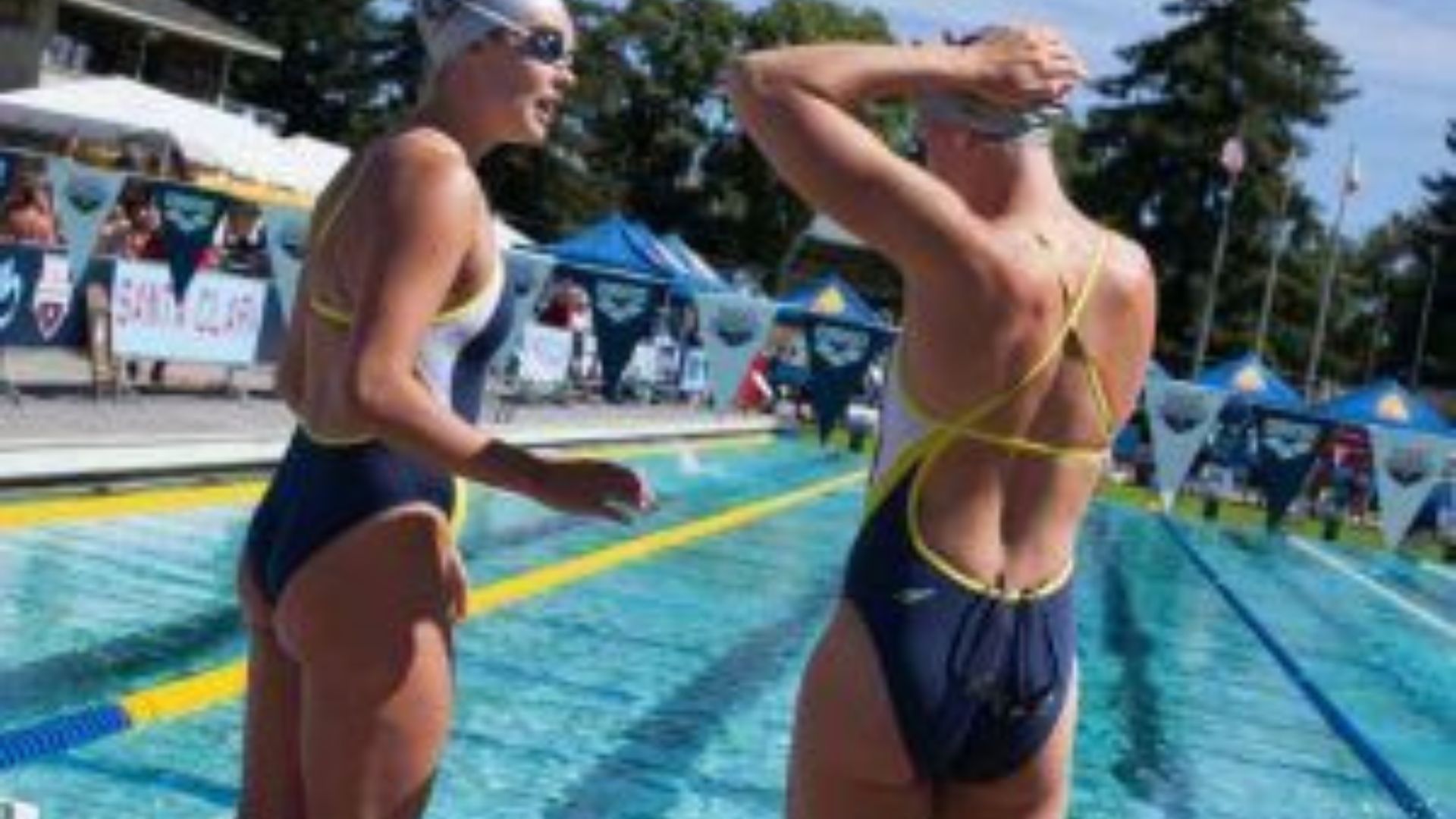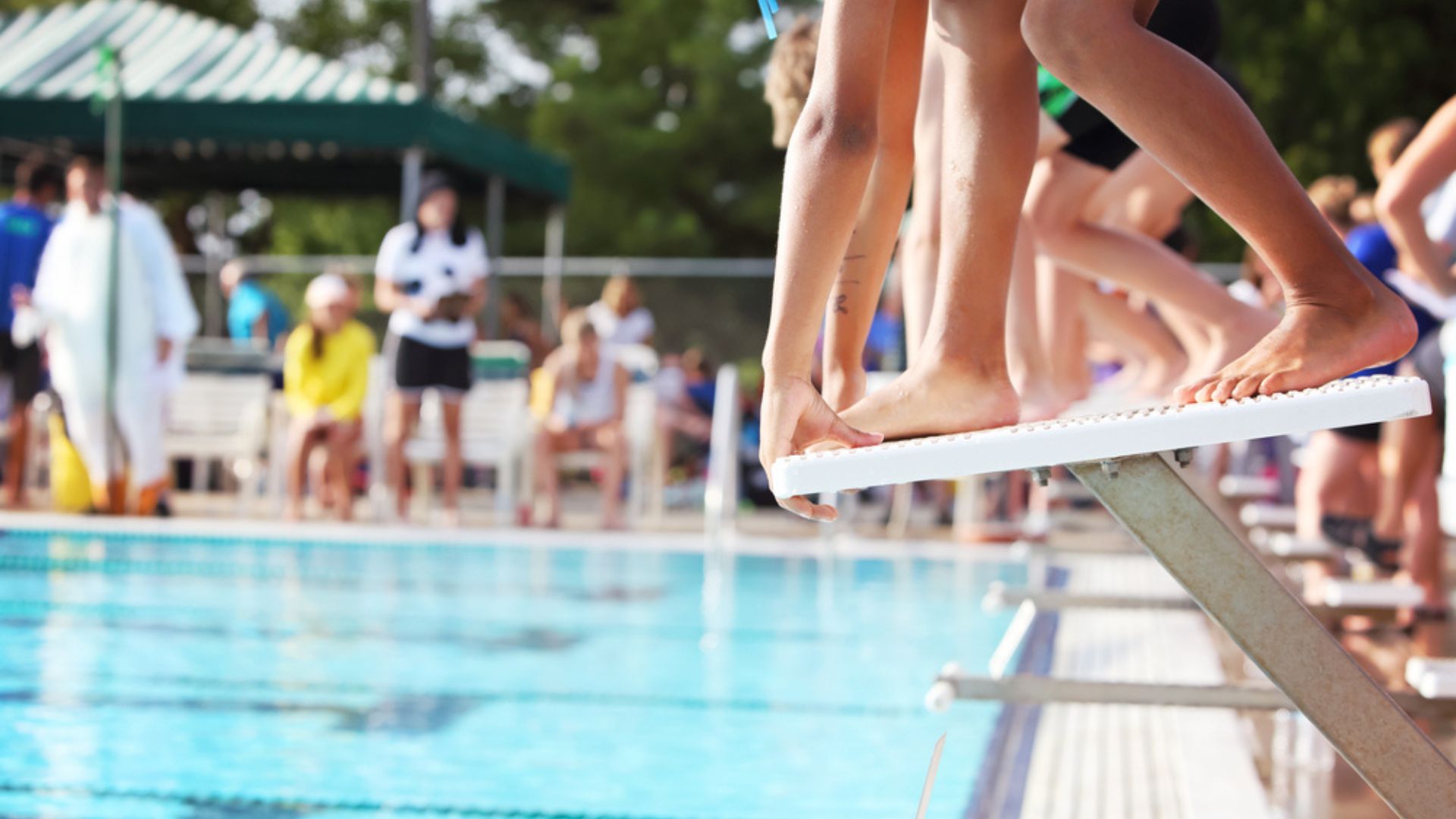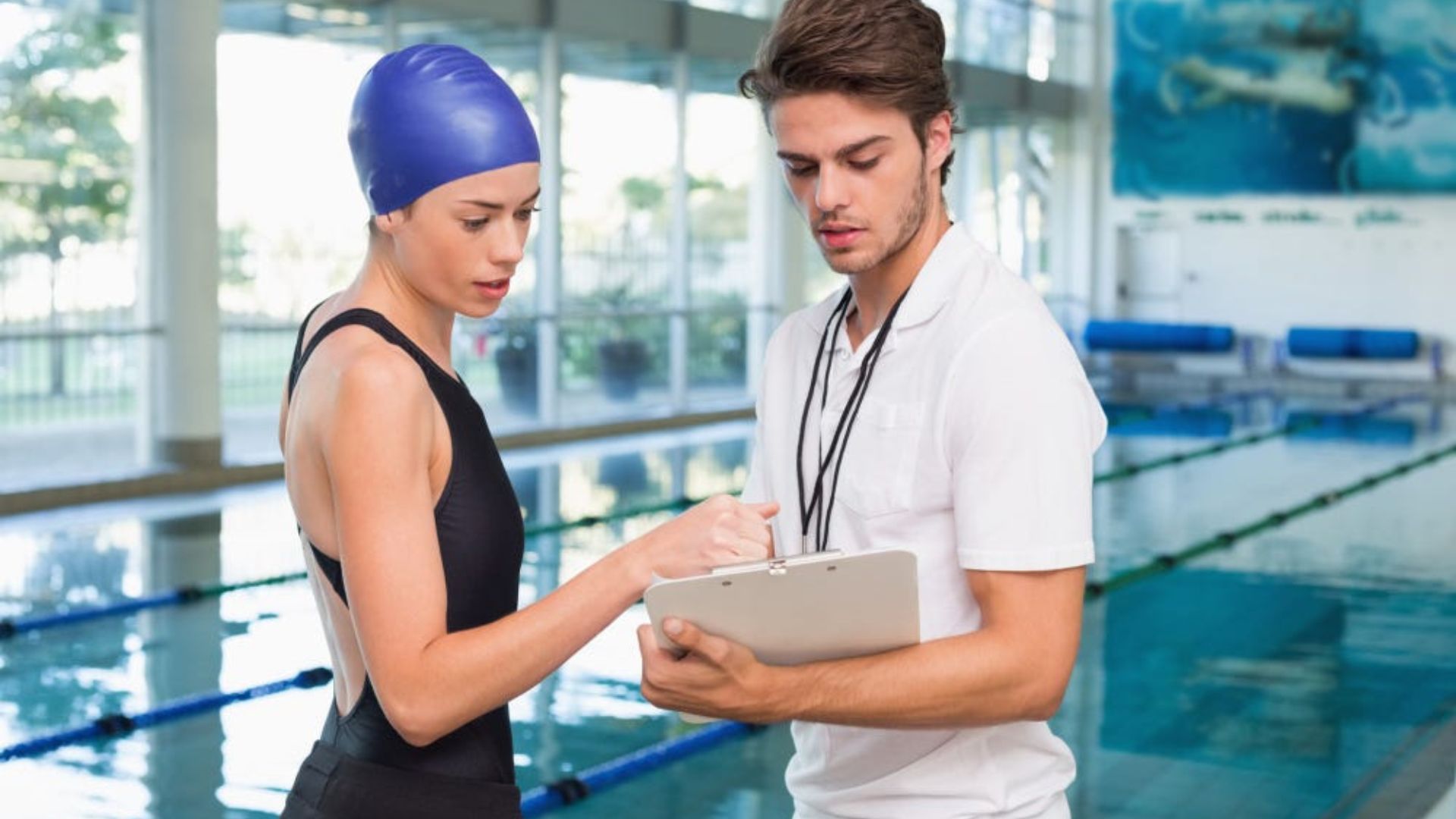Winter training presents unique challenges for swimmers, including colder temperatures, increased risk of illness, and potential disruptions to regular practice schedules. However, with the right strategies, swimmers can maintain their fitness and improve their performance throughout the winter months. Here are some tips for effective winter training in a swimming club:
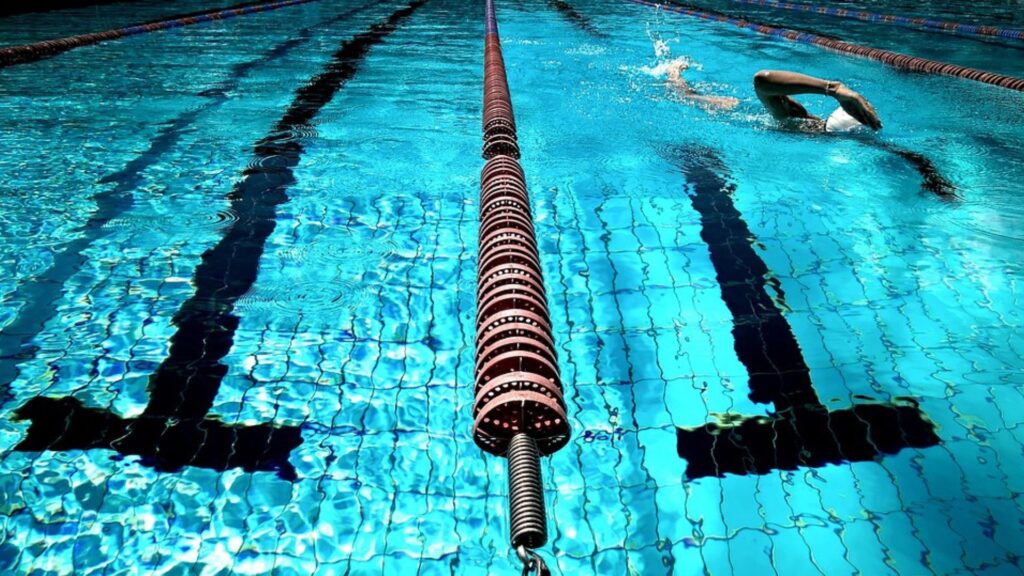
Prioritize Warm-Ups and Cool-Downs
In colder weather, it’s crucial to extend warm-up sessions to ensure muscles are properly prepared for intense training. A thorough warm-up increases blood flow, reduces the risk of injury, and improves overall performance.
Cool-downs are equally important to help the body gradually return to its resting state. Include gentle swimming and stretching to aid in recovery and prevent stiffness.
Maintain Proper Nutrition and Hydration
Winter can increase the body’s caloric needs due to the cold. Ensure swimmers consume a balanced diet rich in protein, complex carbohydrates, and healthy fats to fuel their training sessions.
Cold weather can mask the sensation of thirst, leading to dehydration. Encourage swimmers to drink water regularly, even if they don’t feel thirsty, and include warm beverages like herbal teas to stay hydrated and warm.
Dress Appropriately
Before and after practices, swimmers should wear layers to stay warm. Encourage them to wear warm clothing, including hats, gloves, and thermal wear, to protect against the cold.
Ensure swimmers dry off thoroughly and change into dry, warm clothes immediately after leaving the pool. This helps prevent chills and reduces the risk of illness.
Boost Immune Health
Adequate sleep is essential for maintaining a strong immune system. Ensure swimmers get enough rest and recovery time to prevent fatigue and illness.
Consider recommending immune-boosting supplements like vitamin C, vitamin D, and zinc, especially if dietary intake may be insufficient during the winter months.
Adapt Training Routines
Utilize indoor swimming pools to maintain consistent training schedules. If outdoor facilities are used, ensure they are adequately heated and protected from the elements.
Incorporate cross-training activities like strength training, yoga, and cardio workouts to maintain fitness levels and prevent monotony. These activities can be done indoors, providing a warm alternative to pool training.
Mental Preparation
Help swimmers set specific goals for the winter season. These can include technical improvements, endurance milestones, or personal bests. Having clear objectives keeps them motivated and focused.
Maintain a positive and encouraging atmosphere. Acknowledge the challenges of winter training but emphasize the benefits and progress being made.
Monitor Health and Safety
Keep an eye on swimmers’ health and promptly address any signs of illness. Encourage them to communicate if they’re feeling unwell and to take necessary rest days to recover fully.
Ensure the training environment is safe and suitable for winter conditions. This includes well-maintained pool facilities, slip-resistant surfaces, and proper ventilation in indoor areas.
Utilize Technology
Use video analysis to review and improve techniques. This can be particularly useful during periods when pool time might be limited due to weather conditions.
Leverage online training resources, webinars, and virtual coaching sessions to supplement in-pool training. This helps keep swimmers engaged and learning, even if they can’t always get in the water.
Encourage Community and Team Spirit
Organize team-building activities and social events to maintain morale and camaraderie. These can include group workouts, virtual challenges, or fun outings that don’t necessarily involve swimming.
Encourage parents to be involved and supportive, helping to create a warm and encouraging environment for swimmers.
Conclusion
Winter training in a swimming club requires careful planning and consideration to ensure that swimmers stay fit, healthy, and motivated. By prioritizing warm-ups, maintaining proper nutrition and hydration, dressing appropriately, and adapting training routines, swimmers can continue to make progress despite the challenges of the colder months. Supporting mental preparation and fostering team spirit further enhance the winter training experience, making it both productive and enjoyable.
